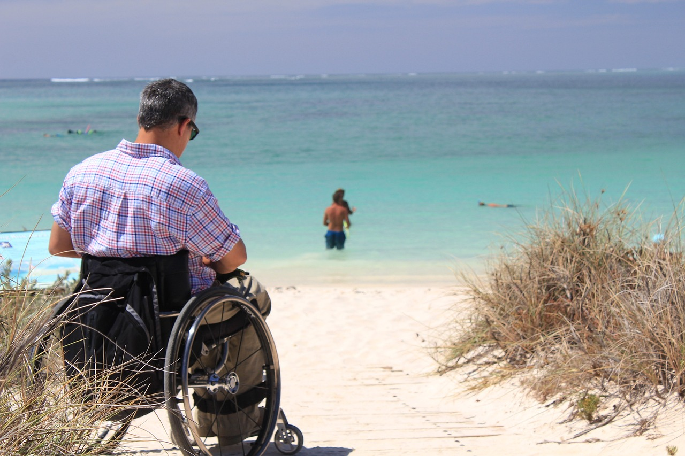This Content Is Only For Subscribers
New Zealand is largely accessible for travellers with disabilities, but there’s still room for improvement across various areas in the tourism sector.
Legally, new buildings must offer “reasonable and appropriate” access for people with disabilities. This means ramps are common, while major cities also provide wide pavements and sound systems for better mobility and orientation.
However, there are calls for the government to establish minimum accessibility standards across the entire tourism industry to ensure a consistent and inclusive experience nationwide.
Accommodation providers are required to have a set percentage of wheelchair-accessible rooms, with larger hotels typically offering better facilities. However, smaller properties may vary in accessibility, so travellers are advised to check ahead.
Most tourist sites in main cities are designed for accessibility, but visitors should confirm details for attractions in rural or remote locations, where standards may differ. Companies like Freedom Mobility and Disability Rentals provide accessible vehicles, and tourists can apply for a temporary mobility parking permit before their trip.
Ability Adventures specialise in accessible holidays, be they guided or self drive (not just mobility impaired).
Ability Adventures managing director Sandie Grant says the term ‘Accessible Tourism’ covers a very diverse group of travellers.
“No two people are the same and everyone no matter what their ability has varying needs and wants for their holiday.”
She says this does prove challenging for providers to describe their product as accessible – “what’s accessible for some may not be accessible for all”.
This highlights theimportance of accessible information.
“Visitors often find that online information is too vague, making it difficult for travellers to fully understand accessibility options before they arrive,” Sandie says.
New Zealand ranks behind some of our international peers on accessibility, with a need for more clear, detailed online information and consistent standards across tourism services would go a long way in supporting disabled travellers.



